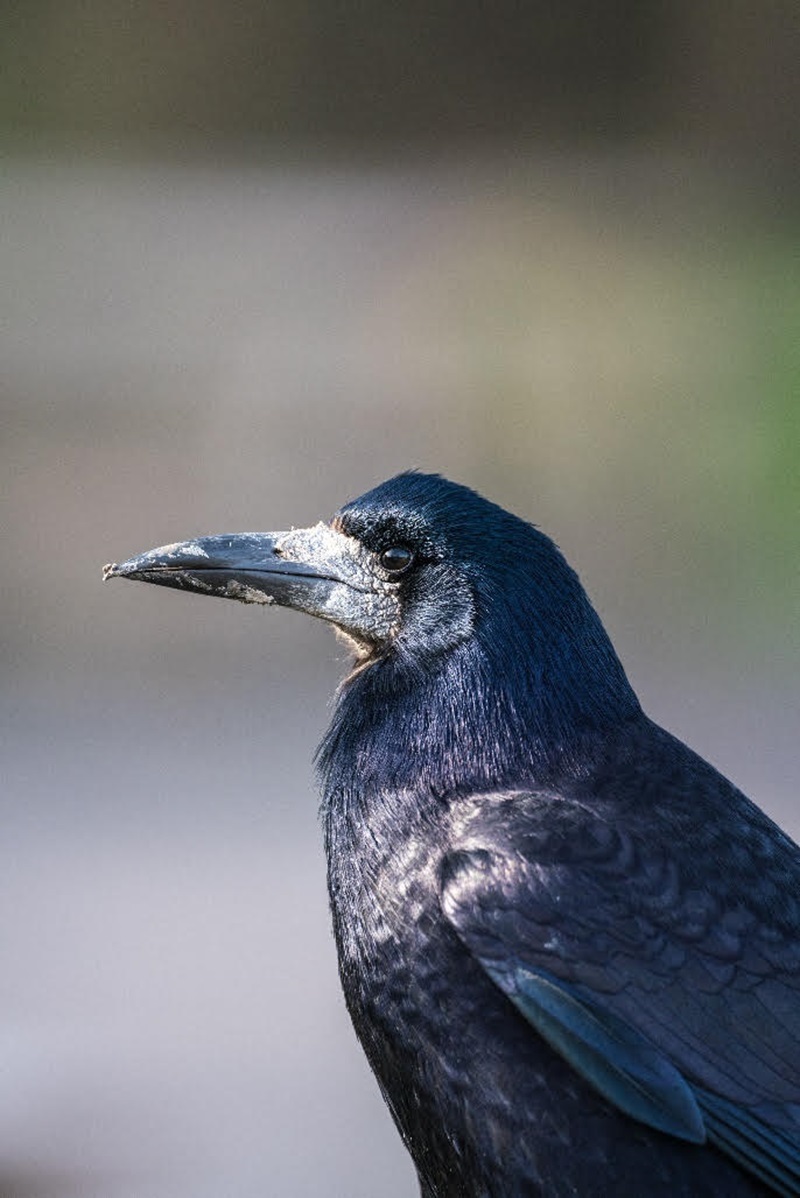Rooks and fanworms on ORC not-wanted list
Staff Reporter
09 September 2024, 1:10 AM
 People are being asked to keep an eye out for Mediterranean Fanworms off the Otago coast. Photo: Supplied/Otago Regional Council
People are being asked to keep an eye out for Mediterranean Fanworms off the Otago coast. Photo: Supplied/Otago Regional CouncilPeople are being asked by the Otago Regional Council to look under the sea and to the skies, for two pests known to be in the Otago area.
Boaties and other water users are being urged to keep an eye out for the Mediterranean fanworm (Sabella spallanzanii) - an exotic marine pest which poses serious threats to the marine environment - spotted in Port Chalmers recently.
The council also wants to hear of any rook sightings during spring, when the pest birds are most active.
The Mediterranean fanworm is legally declared an unwanted organism, which means it is illegal to move the pest around or remove it without a permit.
Evidence of the fanworm’s presence was found and removed at Port Chalmers by NIWA divers, who were undertaking a routine marine pest survey, late last month.
The pest is a large worm, which can grow up to 1-metre long, inside a leathery tube, is pale brown in colour, and usually fixed to a hard surface.
The worms have long filaments at the top of the tube that look like a spiral fan and are either orange, purple or white and banded.
Otago Regional Council environmental implementation manager Libby Caldwell emphasises the importance of the public’s help.
"We’re urging all boat owners, commercial and recreational, to be vigilant. Reporting any sightings early is a simple yet crucial step in preventing the spread of this invasive species and protecting Otago’s marine environment,” she says.
“It attaches itself to hard surfaces such as boat hulls, wharf piles and rocky reefs, where it can outcompete native species for food and space, disrupting local marine life and impacting aquaculture and fisheries.”
Environment Canterbury has also recently detected the fanworm at new sites in Whakaraupō Lyttleton Harbour.
“These recent findings underline the continued risk of reintroduction of this pest, especially given the high level of vessel traffic in Otago Harbour,” Libby says.
Find out more about the Mediterranean fanworm (Sabella spallanzanii) here.
Meanwhile, Otago Regional Council Coastal Otago biosecurity delivery lead Simon Stevenson says while rooks have been reduced to very low levels, there are still some occasional sightings.
“We need the public’s help to target the last remaining birds, bearing in mind the potential always remains for the population to increase again.
“This enables us to better map nests and target these pests,” he says.

Any rook sightings should be reported to the Otago Regional Council. Photo: Supplied ORC
Rooks are part of the crow family and are large birds with glossy, purplish-black feathers.
They can be differentiated from other birds such as magpies by their larger size, distinctive “kaah” call, slow wing flap and wariness of people.
The introduced birds are attracted to recently cultivated paddocks and feed on newly sown crops, causing significant damage.
Rooks were introduced to New Zealand between 1862-1873 to control insects, but like many other introduced species, their population flourished and spread in some areas.
In recent years, ORC and Environment Southland have worked together with the community to eradicate the pests, which has meant numbers have dropped from many thousands of breeding pairs that were around in the 1980s and ‘90s.
“Both councils appreciate the support from the community for our programme over the years, which has gone a long way toward the successes we’ve had,” Simon says.
“While we haven’t had reports of one for a few years now, should we discover an active nest we would likely use a drone to establish if the rooks are actively breeding or if it is just the male going through the motions of nest building, which they can do regardless of a mate.”
Otago Regional Council has produced a brochure for community notice boards, cultivation contractors, and landowners who may have a rookery on their property, or nearby.
You can find it here on the council website: https://www.orc.govt.nz/media/kpehgzcu/factsheet-rook-brochure-2023.pdf
Any rook sightings should be reported as soon as possible to the relevant regional council. People are urged not to not to try to control them themselves, as unsuccessful attempts encourage dispersal and make them very wary and more difficult to deal with.
To report a sighting of a rook or Mediterranean fanworms in Otago, call 0800 474 082 as soon as possible, or email b[email protected]




